IBM adds SLayers to its army of experts
IBM engineer Heather Hinton reveals why SoftLayer employees (or 'SLayers') are the cool cloud kids on the block
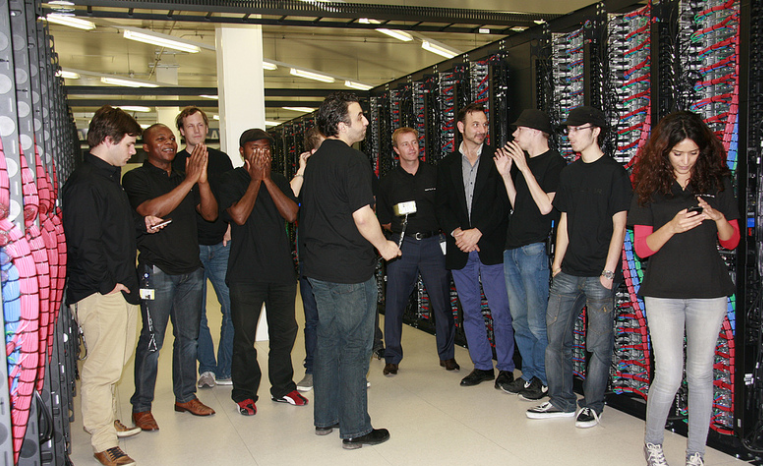
It is critical that we all take dedicated time for thinking, learning and exploring new ideas. Within IBM we have rekindled our focus on our "ThinkFriday" time. While ThinkFriday has been with us for many years, it has not always been emphasized and celebrated. Recently, however, we have collectively started to provide some structure and identify different topics to think about.
Our first official ThinkFriday sessions were focused on cloud and included discussions with Jim Comfort, GM of Cloud Services, and Lance Crosby, CEO of SoftLayer, an IBM Company. While checking my computer for readiness for the ThinkFriday webcast, I was asked in a survey, "Who are you comfortable explaining cloud to today?" My answer is everyone, and that's because of SoftLayer.
Working with the SoftLayer team, one of the first things I learned about the company is that "SLayers," as their employees are called, are very, very proud and fiercely independent. I told my kids about "SLayers," and of course they immediately jumped to Buffy the Vampire Slayer. So now I think that all SLayers are as cool as Buffy's Scooby Gang.
But my kids wanted to know: What makes the SLayers so cool? What do they do? What makes them so great? Why are you so excited about this?
Me: They build a cloud offering.
Them: What's a cloud? They build stuff that makes rain? It's Texaswe need rain!
Me: No, what they do is have a data center, a large building filled with computers, hundreds and thousands of computers, and they basically rent the computers to people over the Internet.
Them: So? What's the big deal there?
Me: Well, you never have to touch the machines yourself, and you never have to go and connect cables, and
Them: Ohhh, we remember when you re-wired the TV. That was bad.
Me: Never mind. They do lots of other cool stuff. They let you write programs to manage everything. And you can write that program in Python!
Them: We LOVE Python (they really do, they are self-taught Python programmers).
Me: And . . . in Dallas they have Bacon Wednesdays!
Them: Mmmmm Bacon, we want to work there!
Okay, so what is the purpose of relating this exchange? First, if I can get my kids interested in SoftLayer (and we had several serious follow-ups about cloud, programming, and business models for cloud that were sparked from our goofy exchange), and they can see how exciting a value proposition SoftLayer provides, imagine how excited we at IBM are.
Our sellers love SoftLayer because it is a very simple value proposition to explain. Our clients love SoftLayer because it is a very simple value proposition to understand. Our technology teams love SoftLayer because it is an elegant model and it uses open source and cool languages (Python! PHP!) and because it is all about self-enablement. Our marketing teams love SoftLayer because it gives them a whole new set of graphics to include in their PowerPoint slides.
One example of an area where IBMers can and have learned from SoftLayer's best practices is in the SoftLayer approach to abuse notifications and general security alerts. An abuse notification is the way that we refer to an email or phone call where someone says, "Your IP address is doing X" where X = TCP sweep, brute force attack, SQL injection, hosting my content without permission and so on.
Our approach has been to automatically shut down the IP address associated with bad behavior (assuming, of course, that it is the same instance that was live at the time of the attack). As a result of our learning from SoftLayer, we have started to adopt a new, higher touch, more interactive approach. This approach, paradoxically, is actually turning out to be a simpler process to drive.
Externally reported attacks are still treated as "stop it now" but Intrusion Protection alerts are handled differently. We set the bar lower on IPS notification, so that we see an alert sooner than we might normally and use this as the opportunity to reach out to the account owner. This gives the account owner chance to fix their system before whatever is going on becomes a full-blown incident. We learned from SoftLayer that even though this up-front-high-touch model may appear to be the more expensive operational model, it actually makes us more effective and efficient.
At SoftLayer, unless the attack is bad (traffic clearly indicates an active botnet participant) or illegal (hosting content without permission), the SoftLayer approach is NOT to immediately shut down a provisioned server. Instead, SoftLayer team contact the the customer owning that server and the two teams work together to remediate the root cause issues.
SoftLayer is able to take this approach because of their unique public and private network architecture. Within the SoftLayer environment, the customer can easily remove a server from Internet connectivity over the public network but retain access through the private network. This allows for graceful remediation and recovery from issues, including recovery of data.
The SoftLayer approach gives SoftLayer and the customer a unique opportunity to work together to address whatever is wrong. I think that this is one reason why the SoftLayer team is so dedicated to the customer experience they see daily how powerful it is to work with the customer and for the customer. And the SoftLayer customers clearly value this strong and collaborative relationship.
Get the ITPro daily newsletter
Sign up today and you will receive a free copy of our Future Focus 2025 report - the leading guidance on AI, cybersecurity and other IT challenges as per 700+ senior executives
ITPro is a global business technology website providing the latest news, analysis, and business insight for IT decision-makers. Whether it's cyber security, cloud computing, IT infrastructure, or business strategy, we aim to equip leaders with the data they need to make informed IT investments.
For regular updates delivered to your inbox and social feeds, be sure to sign up to our daily newsletter and follow on us LinkedIn and Twitter.
-
 Cleo attack victim list grows as Hertz confirms customer data stolen
Cleo attack victim list grows as Hertz confirms customer data stolenNews Hertz has confirmed it suffered a data breach as a result of the Cleo zero-day vulnerability in late 2024, with the car rental giant warning that customer data was stolen.
By Ross Kelly
-
 Lateral moves in tech: Why leaders should support employee mobility
Lateral moves in tech: Why leaders should support employee mobilityIn-depth Encouraging staff to switch roles can have long-term benefits for skills in the tech sector
By Keri Allan
-
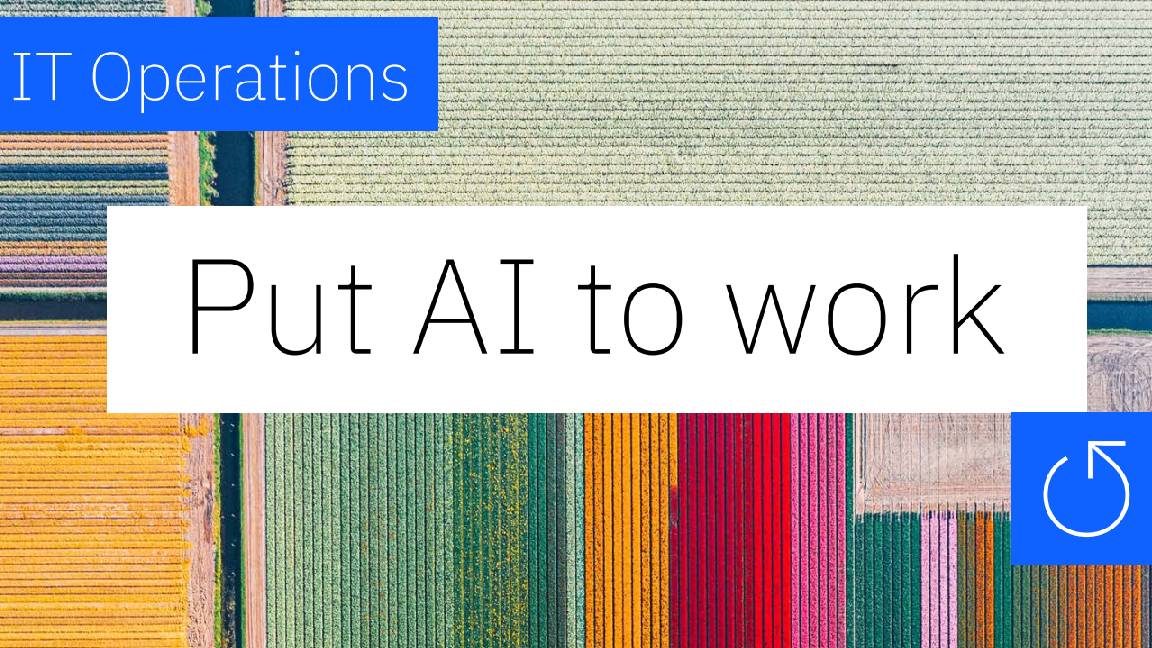 Put AI to work for IT operations
Put AI to work for IT operationswhitepaper Reduce the cost and complexity of managing hybrid applications
By ITPro
-
 AI in the retail industry is spreading beyond the IT department
AI in the retail industry is spreading beyond the IT departmentNews AI has become a strategic imperative for retailers, delivering marked productivity gains
By Emma Woollacott
-
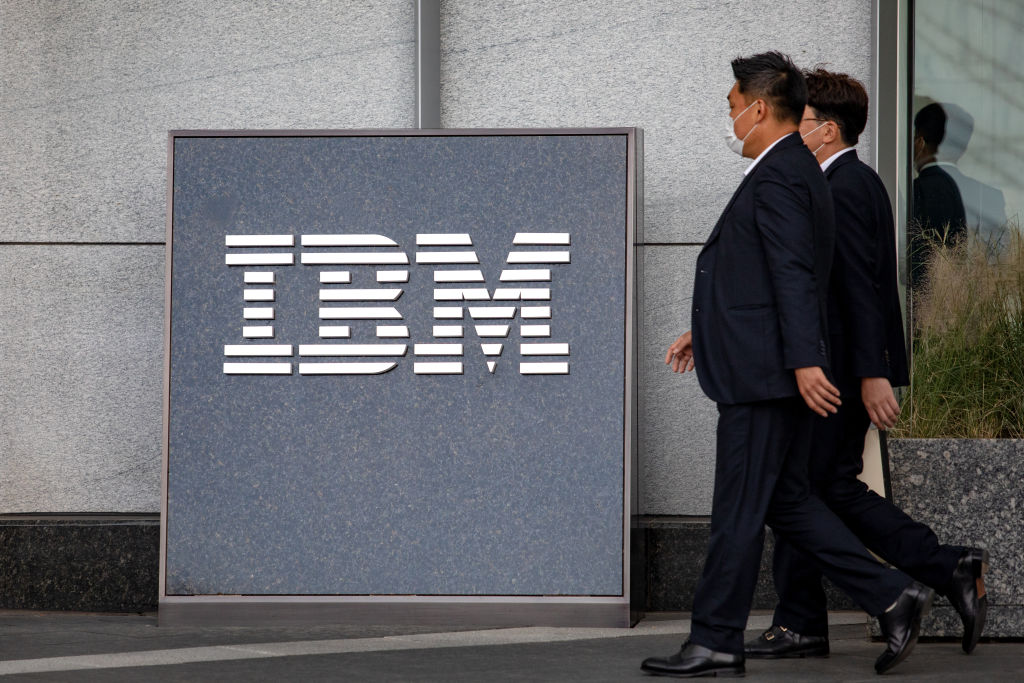 Maximizing contact center operations with generative AI assistants backed by responsible AI principles
Maximizing contact center operations with generative AI assistants backed by responsible AI principleswhitepaper Reduce the cost and complexity of managing hybrid applications
By ITPro
-
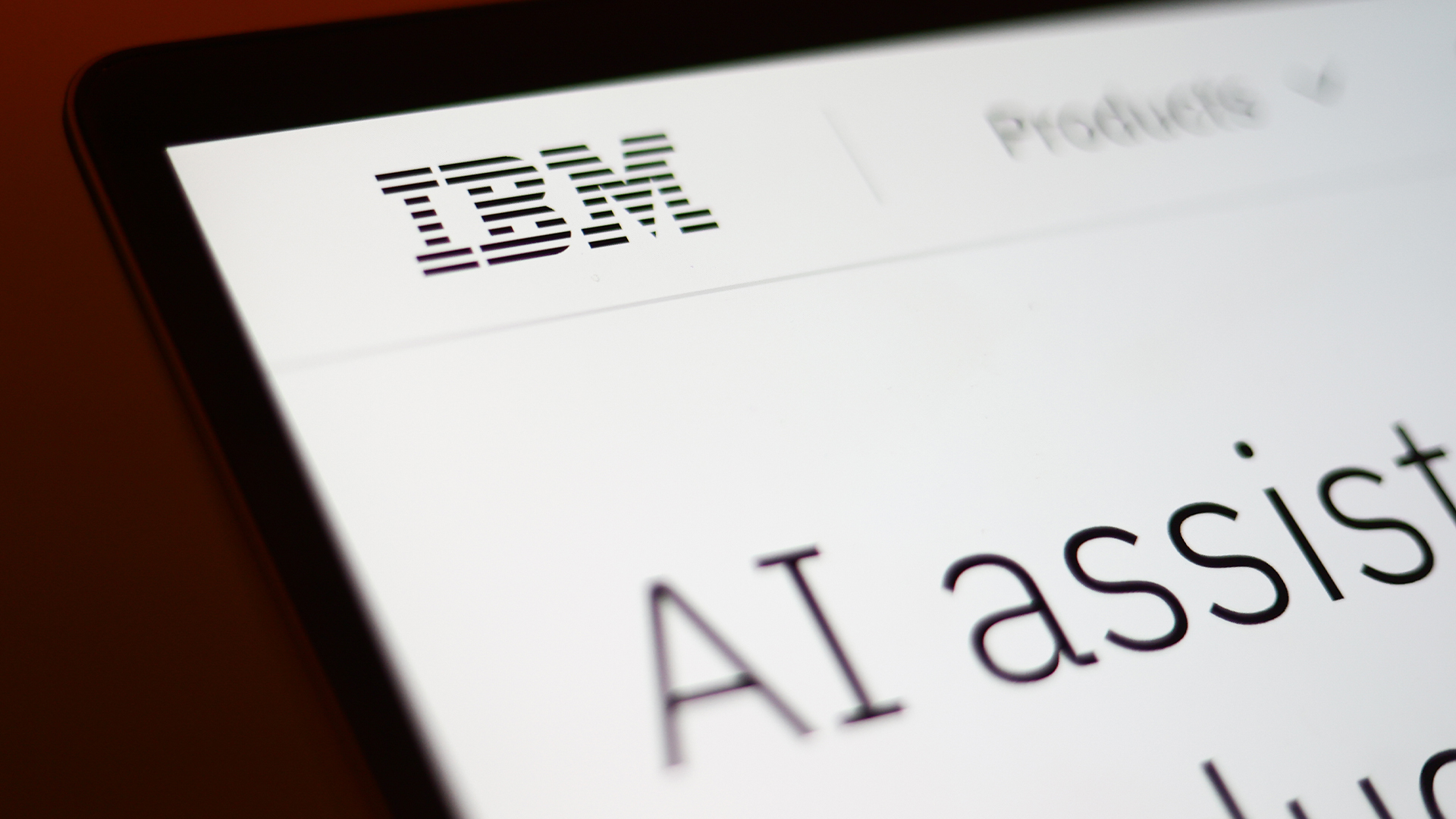 IBM just launched powerful new open source AI models – here’s what you need to know
IBM just launched powerful new open source AI models – here’s what you need to knowNews Available under the Apache 2.0 license, IBM's Granite 3.0 models are trained on enterprise data and can out-perform the competition
By Emma Woollacott
-
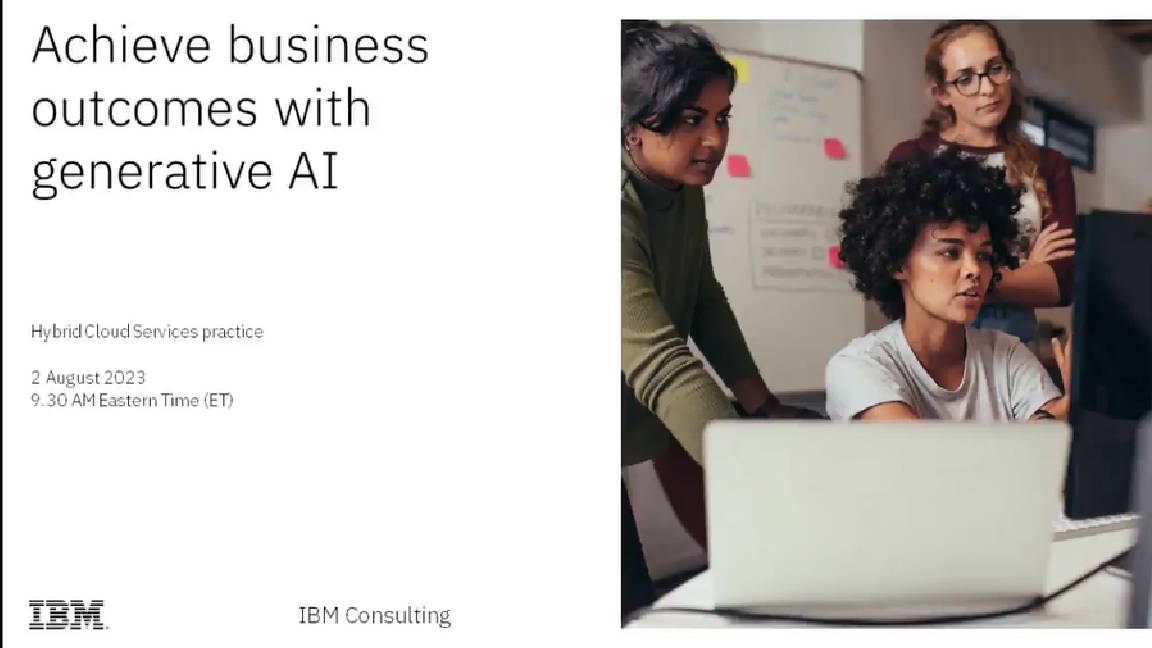 Achieving business outcomes with generative AI
Achieving business outcomes with generative AIWebinar Take your hybrid cloud journey to the next level with generative AI
By ITPro
-
 Wimbledon’s new Catch Me Up AI feature promises to keep fans up to date at the tournament – after it irons out some of the wrinkles
Wimbledon’s new Catch Me Up AI feature promises to keep fans up to date at the tournament – after it irons out some of the wrinklesNews The latest feature to come out of IBM’s partnership with Wimbledon will keep fans engaged from the early stages right through to the final with dynamic player insights
By Solomon Klappholz
-
 AI demands new ways of data management
AI demands new ways of data managementwhitepaper The data leader’s guide for how to leverage the right databases for applications, analytics and generative AI
By ITPro
-
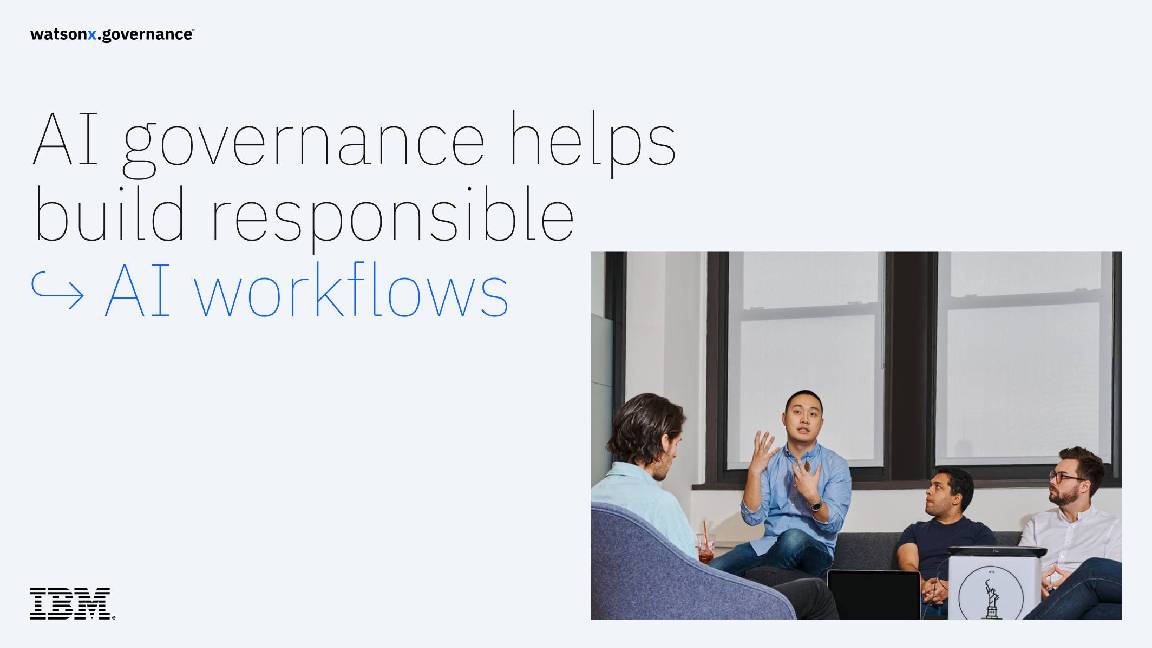 AI governance for responsible transparent and explainable AI workflows
AI governance for responsible transparent and explainable AI workflowswhitepaper Build greater trust in your AI
By ITPro
